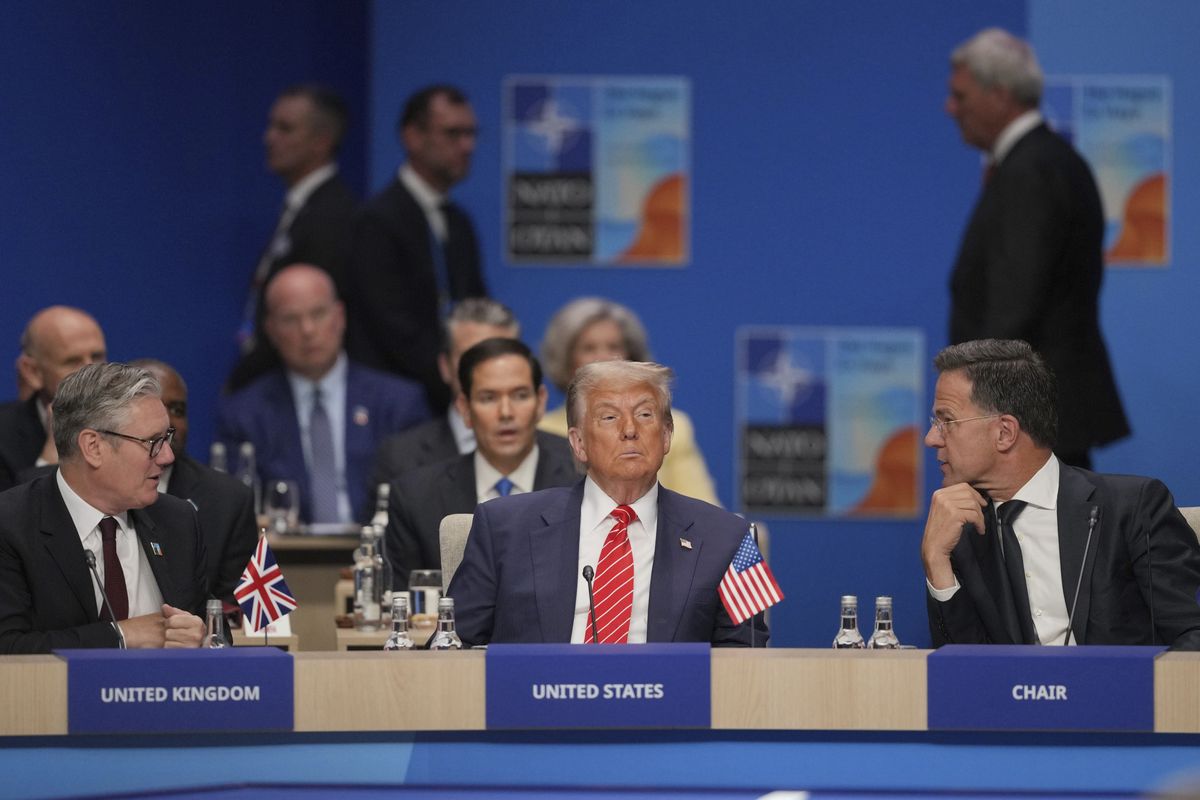India’s growing wealth and regional influence has afforded it the ability and cause to develop a more technologically advanced defense industry. However, since India opened its defense industry to private companies in 2001, progress has been slow in diminishing bureaucratic barriers that hinder innovation. The Cipher Brief spoke with retired Group Captain Vinay Kaushal, a distinguished fellow at India’s Institute for Defense Studies and Analyses to learn more about India’s progress and domestic defense industry goals.
The Cipher Brief: Prime Minister Narendra Modi has pushed for a stronger and larger Indian defense industry. What are the government’s policy goals for this initiative? Beyond national security and defense, are there other benefits?
Vinay Kaushal: The broad goal of this initiative is to encourage Indian companies to participate more in the development and production of platforms and systems in a cost-effective manner that is best suited for specific Indian needs. Making life-cycle support base systems available in the country, in addition to bringing down ownership costs will improve serviceability of platforms, and the defense services can gradually close organic maintenance – government-owned and -operated – facilities. Partnering with foreign original equipment manufacturers will inculcate a research and development culture, develop design skills, improve quality standards, sharpen project management skills, and enable them to exploit the dual-use potential of the technologies.
These standards will in due course permeate to the wider Indian industrial culture, changing the quality of life of the vast population base. The education and professional training system will also change to meet these high standards. Indian industries in due course will become part of the global supply chain, and Indian industrial products will be more competitive in global markets.
TCB: What have been some of the challenges or obstacles in the way of expanding India’s defense industry?
VK: Absence of a level playing field – the private Indian defense industry is young; the sector was only opened to private industry in 2001. A large government-owned defense industrial complex consisting of 39 ordnance factories, nine defense public sector undertakings under the administrative control of the Ministry of Defense, and 50-odd dedicated research laboratories and establishments under the umbrella of the Defense Research and Development Organization were operating by 2000. This complex produces aircraft— combat, fixed and rotary wing; ships – frigates, corvettes, submarines, etc.; missiles; tanks; guns; ammunition; specialized clothing; etc.
The foremost challenge for Indian private companies is this government-owned industrial base as they get the orders from the government on a nomination basis. This industrial base is no challenge to foreign original equipment manufacturers, who offer state-of-the-art modern weapon systems and platforms that meet the capability aspirations of the Indian defense services.
Additionally, the cost of finance in India is relatively high. The latest prime lending rate – the average rate of interest charged on loans by five major banks in India – is 9.65 percent. Indian private industry, being nascent therefore cannot compete with foreign original equipment manufacturers nor would DRDO partner with them. At the platform level, DRDO only partners with Defense Public Sector Undertaking (DPSU)/Ordnance factories and restricts partnership with private industry to only the system or subsystem level. If they compete on a global competition basis and they win a contract, they are subject to offset policy provisions stipulating high indigenous content on manufactured defense products
Over-regulated and bureaucratic process – despite progressive changes being made on a regular basis, the licensing process – validity extended to 15 years and further extendable to 18 years — is still tedious and long. On receipt of an industrial license application, the Department of Industrial Policy and Promotion (DIPP) circulates it to the administrative ministry – MoD in this case, state governments concerned, and the Ministry of Home Affairs. After the receipt of comments from all concerned, with no maximum time limit prescribed, the proposals are discussed in the Licensing Committee of DIPP – there is no fixed frequency or schedule for holding these meetings, and a decision to grant license is taken in consultation with all stakeholders, a process that can take months, if not longer.
Frequent policy changes – the Defense Procurement Procedure - 2002 came into effect in December 2002 and has been evolving. It was modified in 2003 and has since been revised in 2005, 2006, 2008, 2009, 2011, 2013 and 2016. While these changes, as well as changes in some of the related policies, are indicative of the responsiveness of the government to meet the private industries’ aspirations, a unique principal is applicable. When the request for proposal was issued determines which year’s DPP provisions will apply. The long time taken from issue of RFP to signing of contract could, for example, mean that in 2016 you could be signing a contract per the provisions of DPP 2008.
TCB: What specific skills and technologies is India most interested in acquiring for its domestic defense industry right now?
VK: The Indian Armed Forces Long Term Integrated Perspective Plan covers a period of 15 years, 2012 to 2027. It is a classified document and identifies the shape and size of the forces over the designated time period based on foreseeable strategic trends. To enable private-sector industry to meet their requirements, for the first time, the government has provided the industry with an overview of the direction in which the armed forces intend to head, and a Technology Perspective and Capability Roadmap has been put in the public domain. The TPCR has identified technologies required for the development of future capabilities. A list of critical defense technology areas and test facilities for acquisition by DRDO through offsets is given in Annexure VIII to DPP 2016.
The feeling in the Indian private industry is that while the skill set in the country, with some more training, can support land systems and marine system development, there is a void in the domain of aviation. Aircraft and aero engines acquisition consume about 43 percent, average over 25 years, of the government’s modernization expenditures.
The technologies that the private industry aspires to are mpolymer thick film flex circuits and semiconductor materials; propulsion technology; electric propulsion of ships and submarines; advanced communications; and Electronic
TCB: How is India cooperating with foreign companies or governments on this initiative?
VK: Most major acquisition programs in the recent past have been through government-to-government procurement. The government lets the OEM and Indian private industry find and formalize their own partners. OEMs have set up their own R&D centers in India and jointly owned production facilities for detailed parts and subassemblies in India to be scaled up when they receive major supply orders. For example, Lockheed Martin has partnered with Tata Advanced Systems to assemble aircraft components in India.











